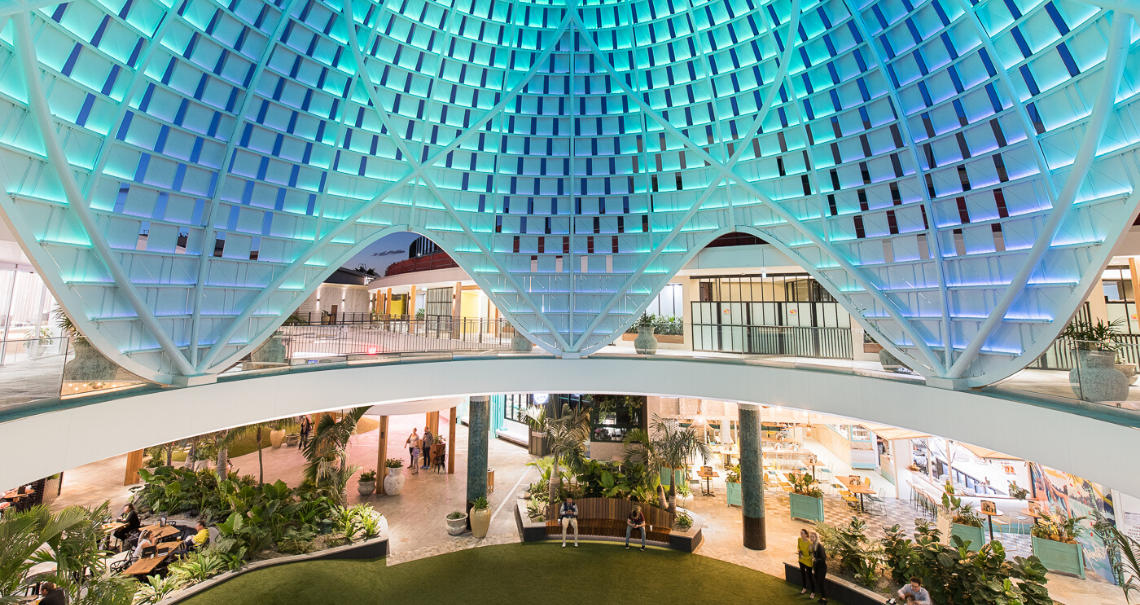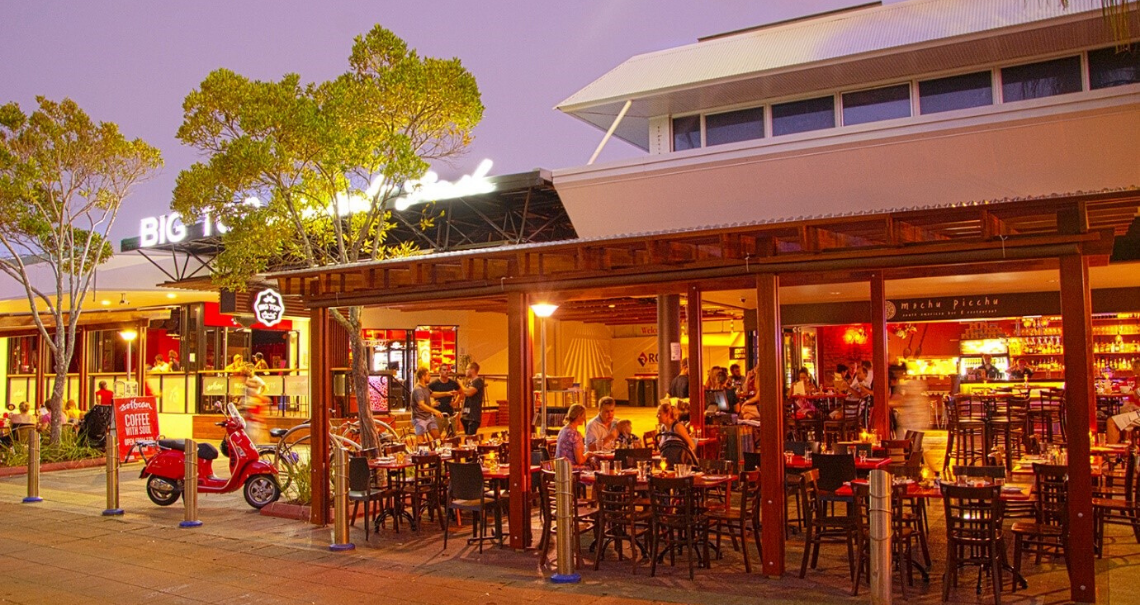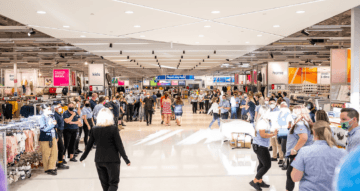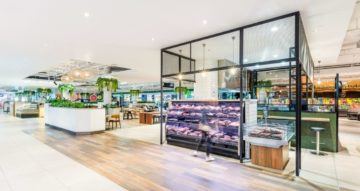A little over 20 years ago, it was considered preposterous for people to enter their banking details online to buy products. Today, online retail and an ever-increasing range of technologies are radically changing consumer behaviour and revolutionising the industry.
Online shopping is negatively impacting bricks and mortar retailers’ bottom lines. According to NAB’s Online Retail Sales Index, in November 2017, online retail year on year sales growth was up by 14.4 per cent. In addition to this it is estimated that for the 12 months to the end of November 2017 $24 billion worth of retail purchases occurred online, which is equivalent to 7.7 per cent of spending in physical stores. It’s clear that adoption of online retail is rising quickly, however, this news doesn’t have to be a grim message for retailers.
Retailers need to be able to respond effectively to these changes to remain competitive in a fierce, 24/7 global economy. This evolution requires retailers to really question the strategies they utilise. Moving forward with tried and true methods that have historically delivered results is a sure way to follow in the footsteps of giants such as Blockbuster and Nokia. In hindsight it’s hard to believe that Netflix tried to partner with Blockbuster back in 2000, but was essentially laughed out of the room.
Retailers need to reflect on the values emerging in this new this technology based society. More than ever, consumers value speed, convenience and engaging experiences. As noted by Deloitte in their 2017 Global Powers of Retailing report; “Consumption of experiences has outpaced the consumption of goods”. This presents an opportunity for retailers to evolve their customer experience and embrace the need for higher levels of engagement. Further emphasis needs to be placed on how retailers can develop their brand and omnichannel offerings, in order to deploy unique marketing and sales strategies across a variety of platforms.
Shopping centres need to take advantage of their ability to bring people together and create experiences that cannot be delivered online. The success of such strategies, is evident by newly renovated shopping centres like Pacific Fair on the Gold Coast and the increased foot traffic they receive.
But these types of larger shopping centres only make a very small minority of total centres in the market. In Queensland there are 367 shopping centres recognised by Property Council of Australia. But only 4 per cent are classified as Super Regional and Major Regional Centres. These centres are owned by institutional investors, affording them big budgets which can be used to create first class spaces that people love to visit. However, because these centres have a high composition of specialty retailers with largely discretionary products, this poses a risk. Discretionary spending is heavily swayed by the macro economic climate which can influence consumer sentiment, ultimately having a significant impact on the profitability of retailers.

Source: Scentre Group Westfield Chermside Dining Precinct
On the other hand, more than half (56 per cent) of the shopping centres in Queensland are classified as Neighbourhood Centres, typically with a supermarket and 10 – 20 shops. The performance of these assets is less vulnerable to the turbulence of changing consumer sentiment, largely focused on providing the community goods and services. These non-discretionary items are essential to our daily lives. With the large regional centres like Chermside growing bigger and ultimately less convenient, these smaller centres have a massive opportunity to capitalise on their close proximity to the local community with generally good parking and quick, convenient access. This provides a huge opportunity for these centres to expand their offering, particularly to cater for the growing demand in quality food and beverage offers which is showing significant growth across Australia.
For these centres, the ultimate focus should be to increase dwell time through strategic design, a carefully curated tenancy mix of tenants and uses, and create experiences online shopping can’t provide, such as dining and entertainment in one convenient location.

Big Top Shopping Centre F&B precinct delivered by DMA Partners
Shopping Centres can’t compete with the limitless array of product offering and 24/7 nature of online retail. Nor should they try to. Instead bricks and mortar retail needs to capitalise on their point of difference, cementing their position as a local hub for the community. This new era presents an opportunity for centre owners to further explore the experiences offered to shoppers by harnessing technology to differentiate themselves from the online market. Ultimately, bricks and mortar retail isn’t going anywhere, but it will change significantly.
A number of our clients have realised they need to get ahead of the trend to capitalise on the unique opportunity that a local neighbourhood centre offers and deliver a more valuable asset by delivering on what the community is demanding.



